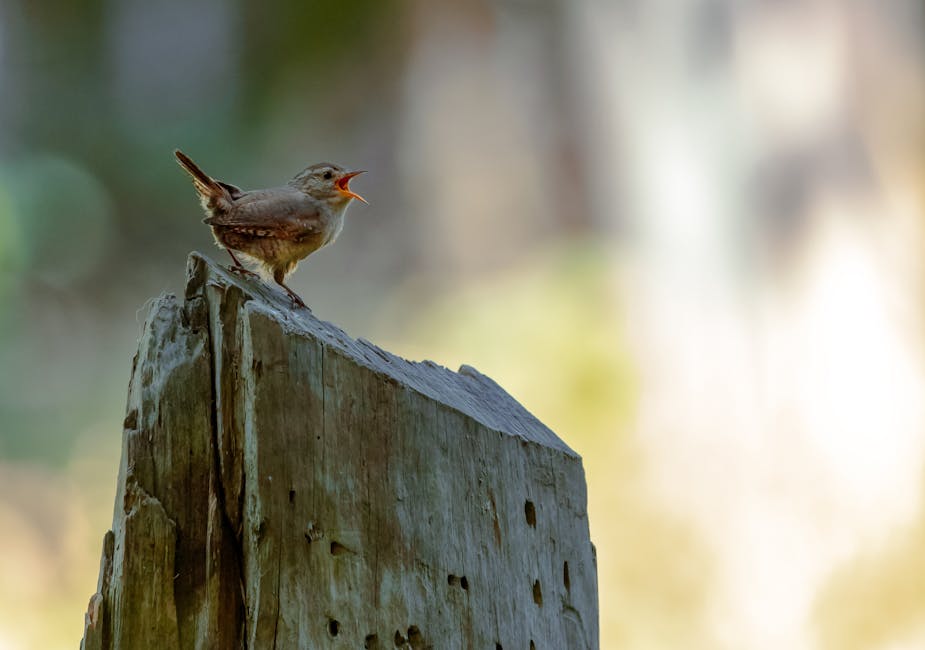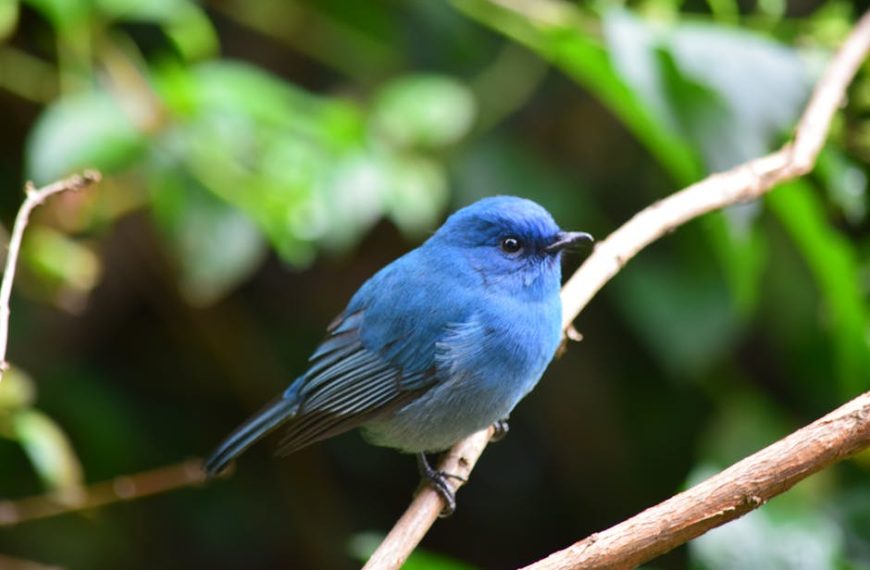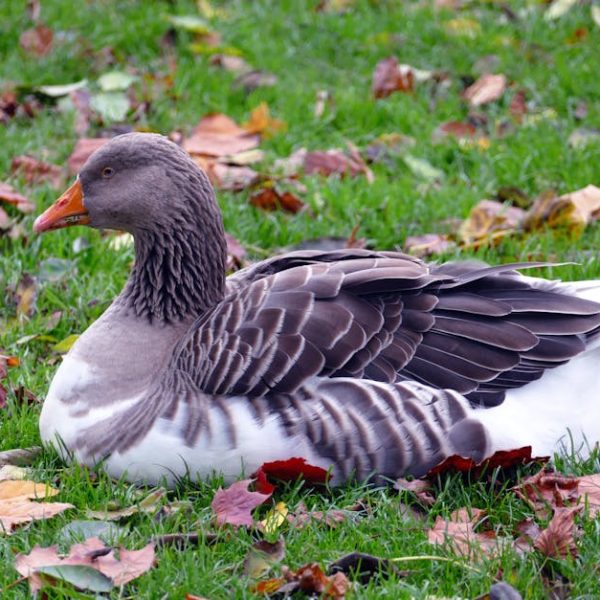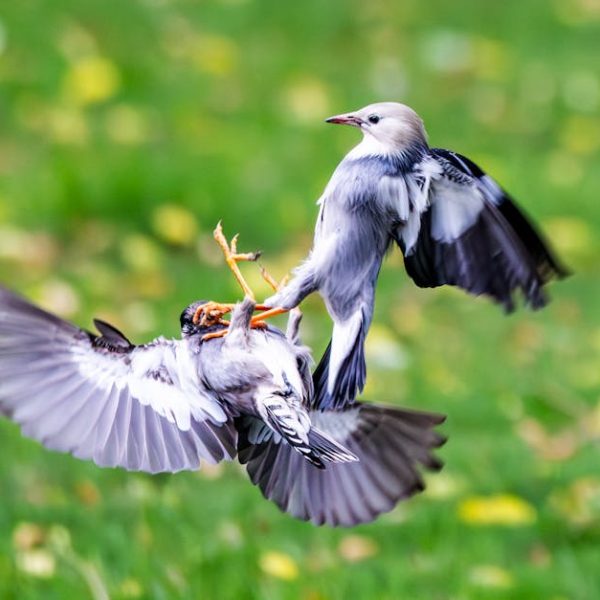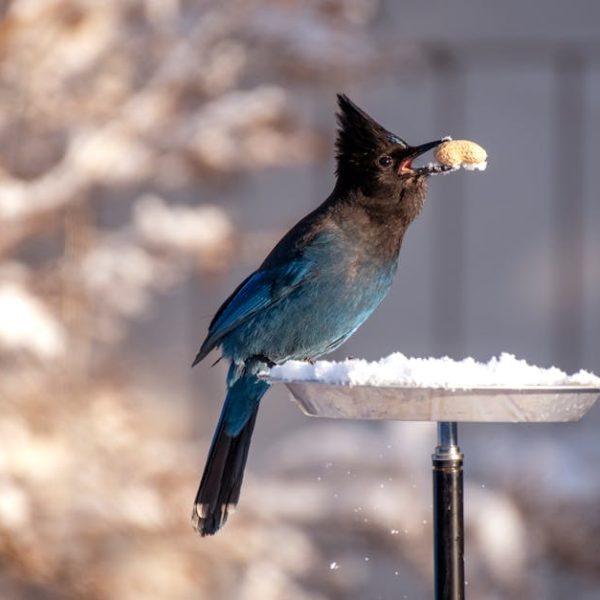Have you ever listened to the chirping and cawing of birds and wondered what they might be saying to each other? Maybe you’ve embarked on the thrilling quest playing the iconic mobile game Angry Birds, enchanted by the varying chirps and tones of our avian combatants. While most of us tend to overlook these bird sounds, there’s a vast conversation taking place in these chirps, tweets, and squawks.
Decoding Angry Birds: Understanding Their ‘Language’
The world of avian communication is complex and fascinating. Birds, just like humans, use sounds to communicate with each other, express emotions, and send out crucial alerts. The Angry Birds game capitalizes on this rich spectrum of bird sounds, converting them into an immersive gaming experience. Here’s a snapshot of some critical bird sounds and messages you may encounter in the Angry Birds ecosystem:
- The ‘Chirps:’ Generally signify moments of joy, excitement, or an alert to other birds.
- The ‘Squawks:’ Often utilized to communicate a threat or an urgent need to flee.
- The ‘Caws:’ Used primarily for long-distance communication among birds.
Deciphering the Angry Bird Sounds: Identifying Different Emotions
Just like the inflection and tone of our voice can give away our emotions, the varied sounds made by birds – particularly the Angry Birds – can represent emotions or specific states of being. Certain chirps and squawks may denote happiness, anger, fear, or even challenge.
On one hand, the advantages of trying to discern birds’ emotions from their sounds include deeper understanding and appreciation of these creatures. It makes the gaming experience more enriching and engaging. However, it poses a significant challenge because, unlike humans, birds communicate in a spectrum of frequencies, modulations, and durations that we are yet to fully comprehend.
Deep Dive: Breaking Down Different Angry Bird Calls
The Angry Birds game is rife with diverse bird calls and sounds serving as communicative signals. Here’s an attempt to deconstruct what some typical sounds made by the Red, Chuck, and The Blues might imply:
- Red’s Grunts: Represents focus and effort, as seen when launching attacks against the green pigs.
- Chuck’s Fast Chirps: Denote excitement and haste, associated with his high-speed abilities.
- The Blues’ Squawks: Communicate mischief and fun, in line with their playful nature.
As thrilling as this deep dive can be, it is essential to remember that these interpretations are speculative at best. We’re still scratching the surface of avian communication, learning and unlearning as we delve deeper. The Angry Birds, despite their emotions, are digital creations—not real birds—and the emotions they portray are designed and orchestrated for an immersive gaming experience.
Scientific Backing: What Ornithologists Say About Angry Bird Sounds
While it’s a fun exercise to interpret the Angry Birds’ sounds, we have to keep scientific evidence and research in mind. Ornithologists – scientists who study birds – have made considerable strides in understanding bird communication. While many of their findings relate to real birds, their research can provide a somewhat useful framework for understanding our Angry Birds’ sounds in the game.
Ornithologists have found that bird’s sounds can communicate everything from threats to courtship signals. However, they also clarify that many of these sounds are unique to each species and context and are multi-layered. They caution against simplistic interpretation of any bird sound.
Pro Tip: Approach Angry Bird sounds with a healthy dose of skepticism and curiosity. Enjoy the game’s use of bird sounds, but remember that they are designed primarily for entertainment – not scientific accuracy!
The Game Perspective: How Angry Birds Game Uses Bird Sounds
From the game development perspective, the Angry Birds game utilizes bird sounds strategically to craft an engaging gaming narrative. The varied sounds serve multiple purposes – enhancing the storyline, elevating the drama, and enlivening the humor. While some game sounds may resemble real bird sounds, they are, for the most part, designed to serve specific gaming functions and responses, ranging from launching attacks to celebrating victories.
Interested in enjoying the Angry Birds game from a new perspective? Here’s a simple checklist for you:
- Recognize the bird sounds: Tune your ears to the varying bird sounds while playing.
- Observe the emotions: Pay attention to the associations between bird sounds and their actions or reactions in the game.
- Compare and Contrast: Notice any similarities between the Angry Birds sounds and real bird sounds you’ve heard before.
- Enjoy the game: Most importantly, enjoy the game for its creativity, entertainment, and fun!
The world of bird communication is a sophisticated one, and the Angry Birds game taps into this intrigue very cleverly, infusing it into the gameplay in a fun and engaging way. So, the next time you play Angry Birds, pay a little more attention to the sounds – you might decipher a secret message or two!
Key Takeaway:
- Birds, including the Angry Birds in the game, use sounds to communicate various messages and express different emotions.
- In the Angry Birds game, the sounds represent emotions, enhance the gaming experience and add a narrative edge.
- Understanding bird sounds can deepen our appreciation of these creatures, but interpretation poses a significant challenge, given the limits of our understanding.
- Despite Angry Bird sounds being a captivating topic, they are digital creations designed primarily for entertainment, not entirely reflecting real birds’ language.
The art of deciphering the Angry Birds’ secret messages is an exciting journey filled with fun and curiosity. It is important to remember that while the birds’ sounds in the game might contain hidden meanings, they are primarily made to enhance the gaming experience. So approach this with a sense of exploration, and most importantly, enjoy the adventure.
FAQs
Q: Is the language of Angry Birds based on real bird sounds or languages?
A: While some sounds in the game might resemble real bird sounds, they were primarily created to serve specific gaming functions and to enhance the player’s experience.
Q: Can I learn the language of real birds by playing Angry Birds?
A: By playing Angry Birds, you might pick up on some characteristics of bird sounds, but it won’t directly translate to understanding real bird language, given the complexity and diversity of avian communication.
Q: Are all bird sounds in the Angry Birds game a reflection of actual bird emotions?
A: In the game, Angry Birds’ sounds are designed to portray various emotions and states for gameplay purposes. However, this does not necessarily mean they accurately reflect real bird emotions.
Q: What do different bird sounds denote about their emotions?
A: Different bird sounds can imply different emotions or states, just like tones and inflections in human speech. However, accurately interpreting these sounds requires a deep understanding of bird communication, which is a complex field of study.
Q: Do ornithologists study sounds from games like Angry Birds?
A: Ornithologists primarily focus on the sounds produced by real birds. While the Angry Birds game might interest them, their studies wouldn’t typically include sounds from digital creations.
We encourage you to share this article with others who might find it interesting and explore other posts on our website for more insights and information!
